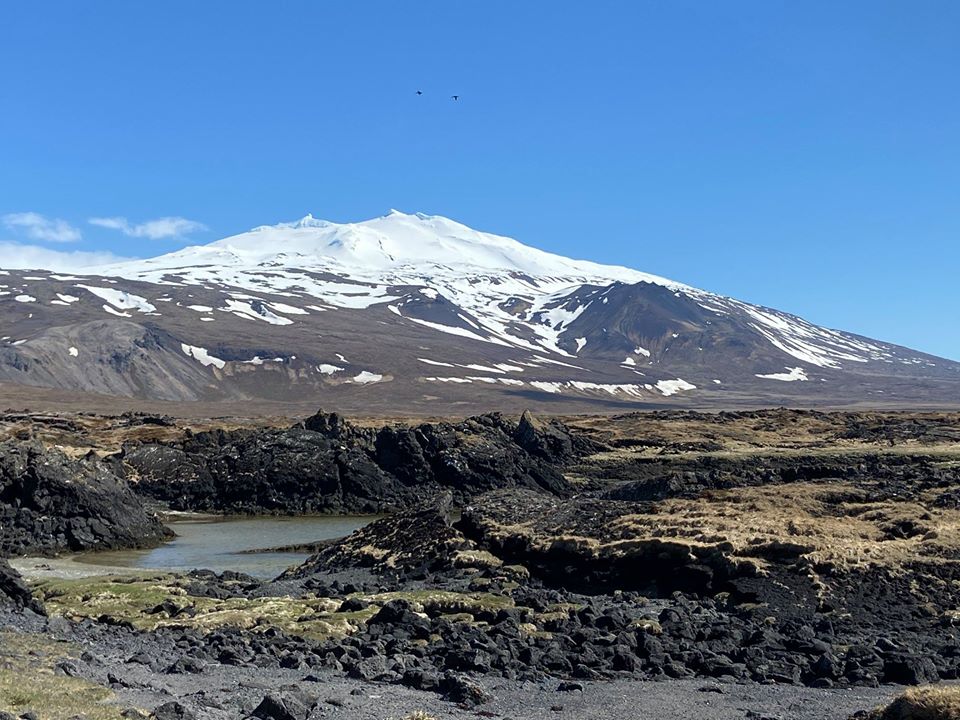Vinna við nýjar heimasíður Umhverfis- og orkustofnunar og Náttúruverndarstofnunar er í gangi. Heimasíða Umhverfisstofnunar er virk á meðan vinnunni stendur. Information in English
National Parks

National parks may be established in areas considered outstanding in landscape, flora or fauna, or if they have special historic significance.
National Parks are established on state owned land unless there are special circumstances and then an agreement between the landowner and the Minister of the Environment needs to be made.
The parks are mandated by the Environment, division of nature conservation, that shall facilitate public access by making trails, provide visitor facilities and information on natural and cultural heritage that is found in the park.

National Parks of Iceland
There are three National Parks around the country, each with its own particular points of interest.
Þingvellir, "Symbol of the Icelandic Consciousness", is in a rift valley between the American and European geological plates and Lake Þingvellir contains species of fish that cannot be found anywhere else. Þingvellir is a World Heritage site.
Snaefellsjökull National Park is at the foot of a volcano and glacier, and beautifully enveloped in mystery and romance. It is the only Park that reaches from the seashore to the mountaintops.
Vatnajökull National Park is the largest national park in Europe, covering an area of 12.000 km2. The park encompasses, among other areas, the Vatnajökull glacier, Skaftafell, and Jökulsárgljúfur.